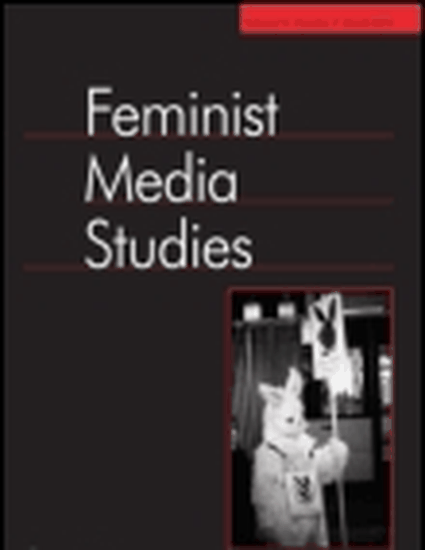
Article
The Stealthy Protester: Risk and the Female Body in Online Social Movements
Feminist Media Studies
(2014)
Abstract
In 2014, Masih Alinejad, an Iranian journalist based in the United Kingdom, shared a photograph of herself online riding in a convertible without a hijab (a traditional head covering). She encouraged women everywhere, and specifically her home country of Iran, to share pictures of their own "stealthy freedom" in an effort to digitally protest hijab laws that punish women for appearing in public with a head covering. In the weeks that followed, #MyStealthyFreedom became an internationally used hashtag on Facebook and Twitter, averaging one million shares per week (Masih Alinejas 2014). The campaign became a success because it was a social movement by women, for women, that encouraged female citizens to become active parts of the political process and challenge the stereotypical obliging image of Iranian women and their bodies (Omar Khan 2014). Donna Dickenson (2007) notes that revealing a sensitive part of the body (in this case the head and hair) is a powerful act of protest because of the history of regulation that the female body is traditionally regarded with.
Keywords
- hashtags,
- Muslim women
Disciplines
Publication Date
October 31, 2014
DOI
10.1080/14680777.2014.975438
Citation Information
Alison Novak and Emad Khazraee. "The Stealthy Protester: Risk and the Female Body in Online Social Movements" Feminist Media Studies Vol. 14 Iss. 6 (2014) p. 1094 - 1095 Available at: http://works.bepress.com/alison-novak/4/
